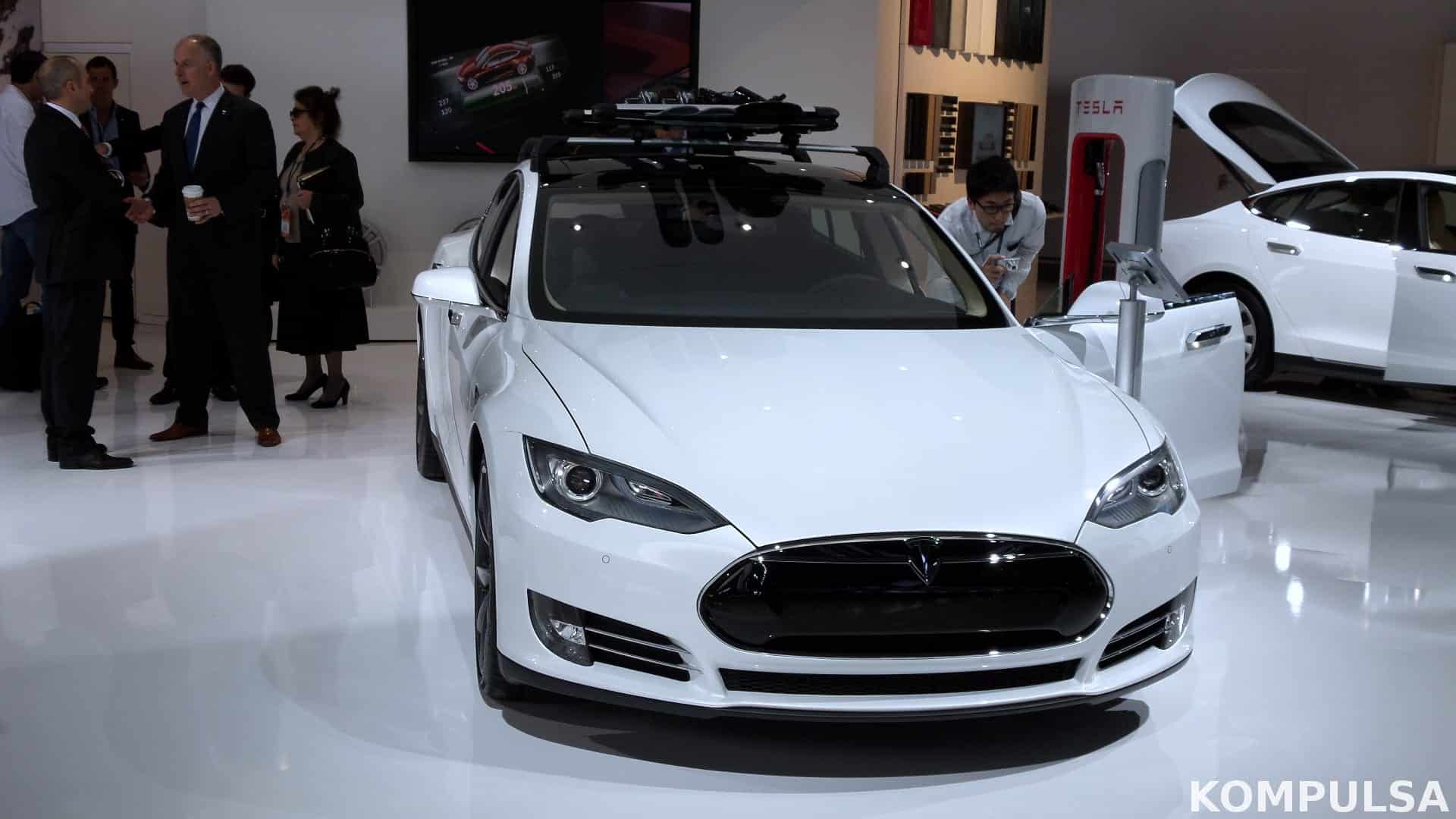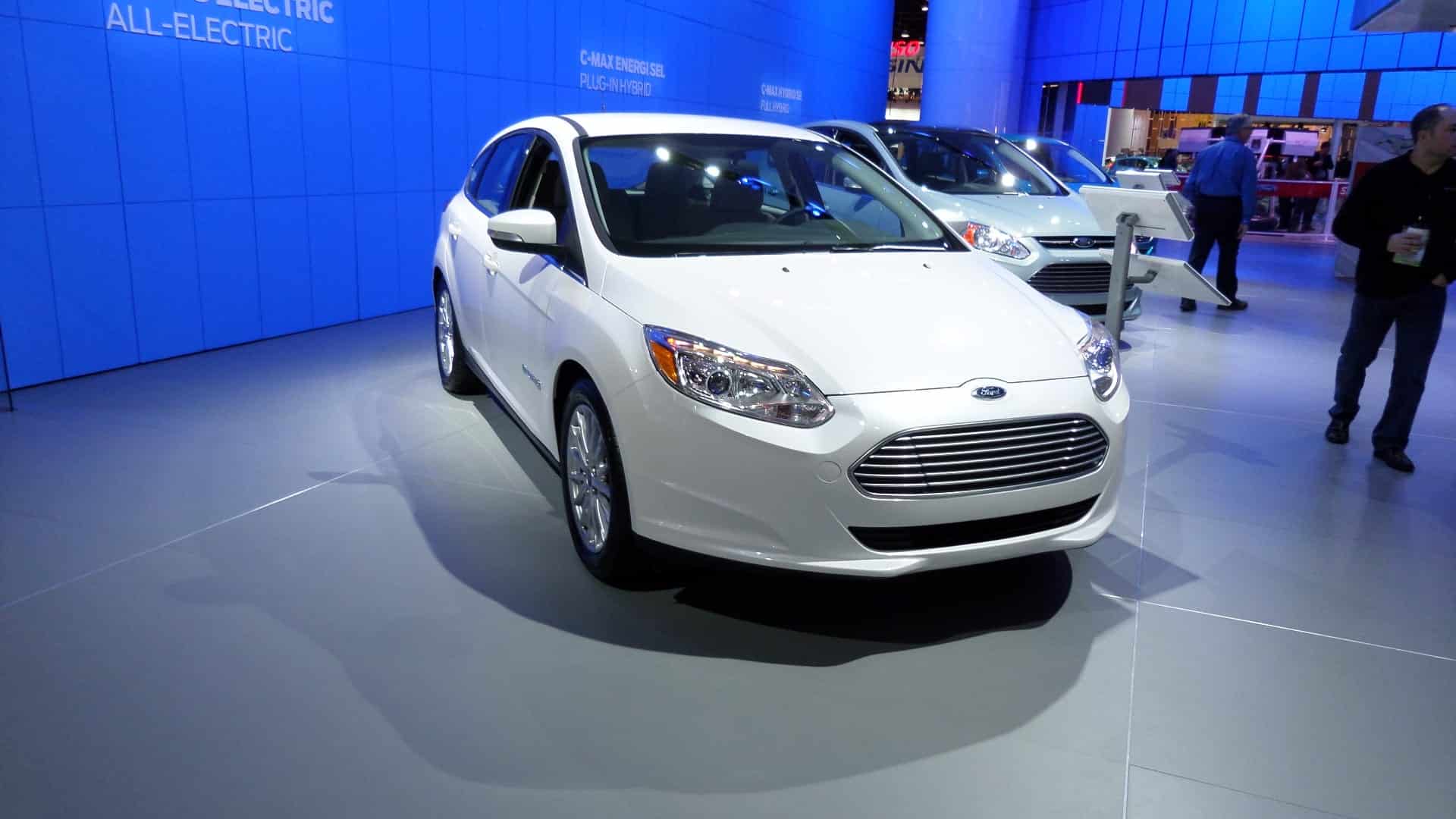One of the most challenging phenomena of our century is the imminent danger associated with environmental degradation and global warming. Ironically, the use of energy-consuming tools like actuators can be instrumental in helping us install smart home systems that help conserve our environment. By controlling our energy consumption, we indirectly preserve our mother nature for our future generations. In addition to preserving our environment, simple home automation devices can help us to reduce our energy costs significantly. This article explains in detail how smart home appliances can help bring down energy costs. Use a little energy to save a lot!
HVAC systems are among the biggest consumers of energy in our homes. They have to regulate temperatures around the clock depending on the needs of the homeowner. Having these systems run around the clock even when no one is at home is not only costly, but unnecessary. Smart thermostats can be configured to operate at specific times when people are at home or controlled remotely via an app to always work minutes before the arrival of anyone into the house. They can also work autonomously by detecting when anyone is at home and switching HVAC systems off, thus saving a substantial amount of energy. Regardless of the thermostat technology, it saves energy by running systems only when necessary.
Lighting is also a significant energy consumer in our homes and calls for urgent steps to reduce lighting bills. Programming lighting manually can be a daunting task that achieves minimal success, and therefore technology has weighed in to bring motion sensors. Today, sensing technology controls the energy consumed by lights in some smart homes’ rooms by switching lights on only if rooms are occupied. Some lighting technology only works when there is a certain intensity of natural lighting, thus saving on unintentional daylight usage. Concisely, smart home lighting systems using modern sensing technology can significantly reduce lighting power costs in the long run.
Some household electronic appliances do not have the technology required to detect when a human is actively using them. They continue to drain energy because they lack the ability to detect whether they are in use, and switch on/off appropriately. For lack of what is likely going to be a must-have feature in the future for home electronic appliances, smart power strips help to tame their insatiable thirst for energy.
By sensing when no one is using a particular device in the room, smart power strips switch off the appliance to avoid using more energy. Therefore, smart power strips enable those ‘dumb’ appliances to control their power usage, enabling them to function as smart devices would, reducing their energy consumption significantly.
Technology has also enabled homeowners to monitor and track their energy consumption information through various apps freely and commercially available online. The apps double as the control panel for the smart devices and can control a myriad of home appliances remotely. After careful analysis, home owners can take drastic steps to address the appliances that seem to have higher energy consumption.
More devices now come with more smart power-saving features and flexibility at a lower price. These new technologies can pay for themselves quickly in some cases. Concisely, careful planning and embracing power-saving technology in our homes can simultaneously make our homes more economical and comfortable at a relatively low cost in the long run.






